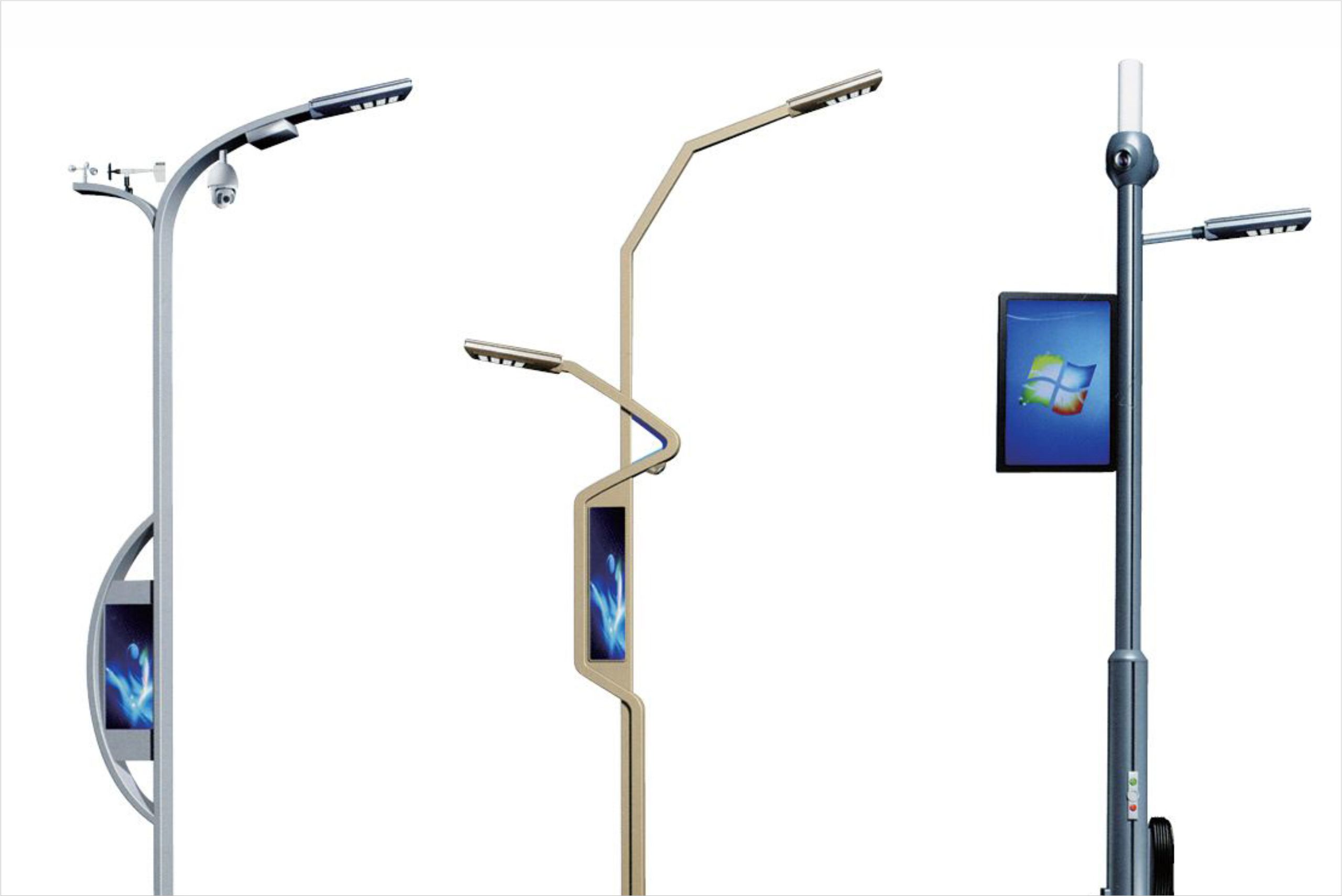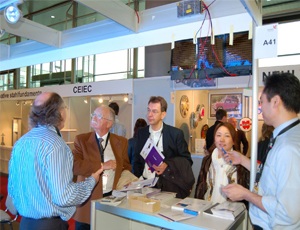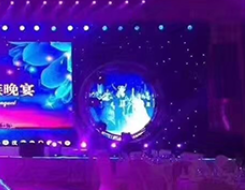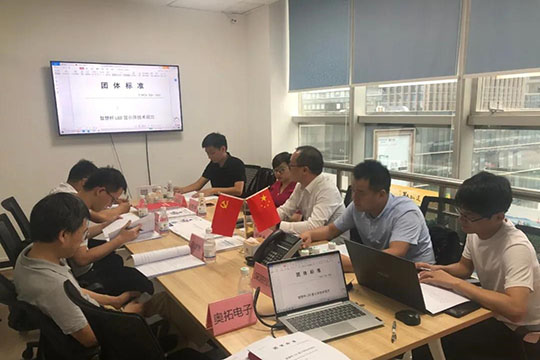Publisher: Supplier of LED Display Time: 2020-07-15 17:41 Views: 4427

1. Channel pattern: Channels have always been the foundation of competition in the LED display market. In the past, manufacturers have been emphasizing "the channel wins and the terminal wins". So far, this iron law has not been broken. No matter how the industry changes or how the times change, the industrial business model of dealer outlets means that screen companies cannot do without channels. In recent years, the trend of "channel sinking" has emerged in the industry, and even emphasizes the need to "sell products directly to users", but the "channel sinking" in the new market environment is not a rush to promote the vertical sinking of channels, but must be optimized in the channel. Find the most suitable channel mode on the basis of quality.
Today, under the background of a series of retail channels such as e-commerce, brick-and-mortar chain stores, live broadcast e-commerce, and micro-businesses, channels are becoming the biggest external driving force for this round of LED display industry changes. The specific performance is to make the dealer outlets of leading screen companies more complete and service better, and at the same time allow some small and medium-sized screen companies with product strength and innovation to change lanes and overtake. The new business pattern of channel feedback and joint brand screen enterprises is emerging.
2. Brand pattern: With the mainstream consumer groups in the Chinese market, there is a new understanding of brand power. For example, behind the brand is not only strength, but also responsibility, responsibility and protection. As a result, this is also accelerating the overall differentiation of the LED display brand structure, not only the simple entry threshold has been pushed up, and a large number of low-quality display companies have really been eliminated from the game, but also the entire LED display brand structure has been reshaped, and the rest is king.
At present, China's LED display brand structure, the number of local brands is still too large, and the good and the bad are mixed, showing the situation of "excessive bloated". According to the business structure of developed countries, there is still a lot of room for elimination in the number of existing screen companies in the Chinese market. Under the blessing of external circumstances such as the epidemic this year, it is expected that from the second half of the year, there will be a round of deep cleaning results of local brands in the terminal market. Brands and zombie brands will be eliminated directly, which will also replace more market space and business opportunities for strong screen companies.
3. Market competition: The LED display market has been galloping at low prices for decades, and the limelight is still unabated. But in fact, when it comes to price promotions, all manufacturers have a "suffering stomach" in their hearts. In the era of quality competition, no manufacturer is willing to compete at low prices, because it sacrifices profits, overdrafts the future, and drags down industry sustainability. Under the background of weak low price war, with the acceleration of industrial transformation and upgrading, and the leadership of ultra-high-definition technology products such as Micro/Mini LED, manufacturers are actively exploring more business competition methods in terms of products, channels, services and other dimensions. This also further enriches the choices of the market and the needs of active users.
As a result, this has also become a breakthrough for manufacturers to activate existing users and snatch users who just need them, that is, the diversification of market competition means, not simply to lower prices. That is, to explore more possibilities around the needs of users in different circles, the layout for different product structures, and the improvement of different service contents and means. Of course, this also requires more costs for manufacturers to incubate operations.









